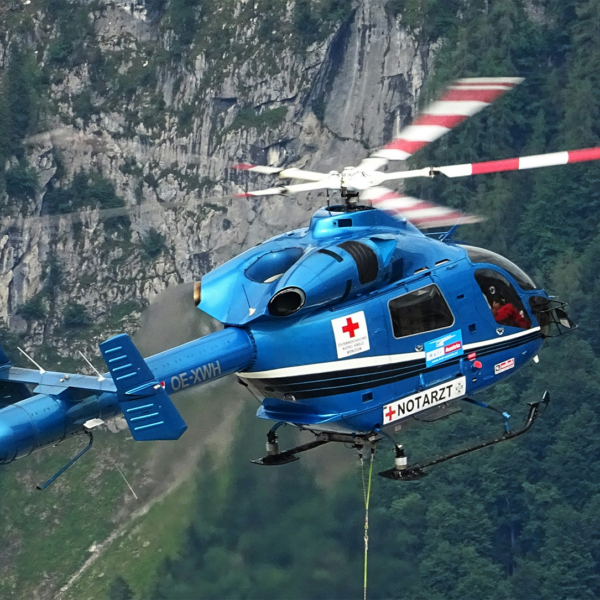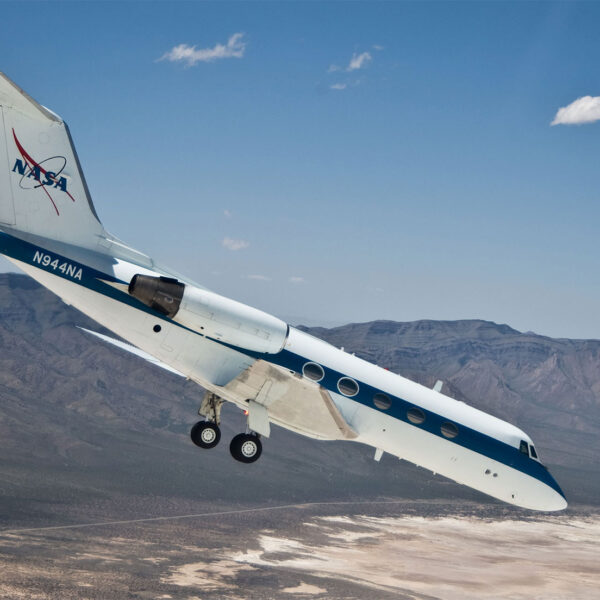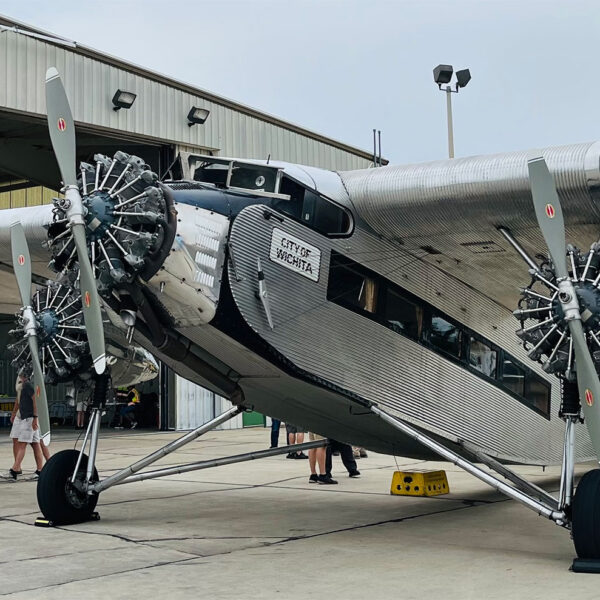WWII Transformer – How a Little-Known WWII-era Aircraft was Designed to Transform Between Monoplane and Biplane in Flight
If one were to mention the existence of a WWII-era polymorphic fighter that incorporated a system in which one set of wings retracted into and out of another, one might assume such an airplane is fictional, perhaps featured in a dystopian film or television series like The Man in the High Castle.
But in fact, such an aircraft did exist.

It was called the Nikitin-Shevchenko IS-1, and although it never reached production and only two examples were ever built, it is a noteworthy footnote of aviation history.
The concept was conceived by Russian test pilot Vladimir Vasiloyevich Schyevchyenko when he began thinking of ways to design an airplane that would excel at short field/climb performance but also could achieve high speeds. At that time, airplanes generally could be designed to excel in one or the other, but not in both regimes of flight. For the most part, biplanes had the wing area to enable short-field performance at the expense of speed, and monoplanes had less wing area to enable high-speed flight at the expense of short-field performance.
Recognizing that more wing area was required for certain portions of a flight and less was required for others, Schyevchyenko came up with the concept of a biplane that could retract both its landing gear and lower wing into the airplane’s fuselage and upper wing. He had completed engineering training in Moscow before becoming a test pilot, and was confident that his design could be made to work.
What he needed was a connection who had the means to build such an experimental aircraft…and before long, he found his man. Vasili V Nikitin was, at the time, in charge of an experimental design bureau, and the two quickly got to work on the bold concept.

They began wind tunnel testing of models in 1939 and began prototype construction that same year. They eventually came up with this design:

Schyevchyenko and Nikitin were cautious about the concept. They fully acknowledged how critical it was that the transition from biplane to monoplane (and back) not adversely affect the handling of the airplane, and they were keenly aware that any kind of asymmetric retraction or extension of the second set of wings would be absolutely unacceptable. They recognized that if one wing were to retract or extend out of sync with the other, the pilot would not be able to compensate for the asymmetric lift and drag, and he would be forced to bail out.
With the design requirements defined, they moved forward with the construction of the initial prototype, the IS-1. This aircraft was intended to serve only as a proof-of-concept, and the team focused on basic functionality as opposed to actual refinement of the design.


The fuselage was constructed of steel tubing and covered with a combination of aluminum sheets and wood. The upper wing was a two-spar metal structure, and the retractable lower wing was a plywood-covered wooden structure. The engine was a Shvetsov M-63 radial engine that produced 1,100 takeoff and 900 continuous horsepower. It was derived from the engines used in the Polykarpovs, Antonov An-2s, and Lisunov Li-2s.
Technically a sesquiplane (a biplane with wings of differing spans), the upper wingspan was 28 feet (8.6m), and the lower wingspan was 22 feet (6.72m). The airplane had an overall length of 22 feet (6.79m). It was a compact airplane, approximately the same length as a Cessna 150, with a shorter wingspan. If the team could build a reliable and functional wing retract mechanism, it stood to provide extraordinary performance.
The team devised a retraction system that was driven by a single large hydraulic jack that was mounted in the center of the fuselage. Various linkages and rods pivoted to enable the main landing gear to retract as the lower wing retracted into the fuselage and upper wing:

The retraction and extension cycle took approximately 7-10 seconds, and the linkage was designed in a manner that asymmetric extension/retraction was mechanically impossible, as was the retraction of the landing gear while in biplane configuration. In the event the engine-driven hydraulic system failed, a backup emergency hand pump was provided to the pilot.
The first successful in-flight retraction took place in 1940, not long after the aircraft’s first flight. The hydraulic system proved to be successful, and throughout the test program, no pilot was ever forced to use the emergency extension pump. The aircraft’s handling was also reported to be satisfactory, with no unusual or unwanted characteristics evident during the retraction or extension of the lower wing.

Not surprisingly, the IS-1 was a heavy little airplane. Maximum takeoff weight was a hefty 5,071 pounds (2,300 kg), which was approximately 800 pounds (363 kg) more than the otherwise similar Polikarpov I-16.


But while the retractable wing concept had proven itself, the airplane wasn’t particularly fast; the prototype achieved a maximum speed of only 281 mph (453 km/h) at 16,075 feet (4,900 m). This didn’t deter the team. Reasoning that the design was in its infancy and much refinement potential existed, they moved forward with designing follow-on prototypes known as the IS-2 and IS-4.

The IS-4 incorporated a more streamlined design as well as a supercharged and intercooled V-12 engine that produced 1,600 horsepower.

Although it was known that the IS-4 did indeed fly, all flight test records were apparently lost when the design offices had to be quickly evacuated during a German invasion. At that time, the prototypes were disassembled and loaded into crates.
As the war effort shifted into high gear, the experimental design group had to shift their efforts to the manufacture of proven designs that could immediately benefit their military. No further efforts were spent on the retractable wing concept, and it faded from history in 1942, never to be seen or heard from again.
With any luck, it still exists somewhere. Perhaps, tucked into a forgotten corner of an old warehouse, some dusty wooden crates contain the disassembled remains of the IS-1 and IS-2. And perhaps, someday, someone with an appreciation for history will discover those crates and see to it that the unique airplanes are assembled and put on display in a museum.
It wouldn’t be unheard of.
The Bugatti 100P, for example, was resurrected in precisely such a manner. During the war, it was disassembled and hidden in the barn of a private residence. Eventually, an Italian man acquired it. It was eventually sold to a Bugatti automobile restorer and shipped to Detroit.

There, the new owner salvaged the engines for use in Bugatti cars and sold the crates containing the airframe and spare parts to a man in Connecticut for restoration. Those efforts began in 1971, and the beautiful airplane eventually found its way into the EAA museum in Oshkosh, Wisconsin.
So unlikely though it may be, one hopes that at least one of those Nikitin-Shevchenkos is presently on one of those journeys through time and will someday be unearthed for the world to see and enjoy. It would make a magnificent museum exhibit, particularly if the curators routed power to the wing fold mechanism so it cycles every couple of minutes to demonstrate the bold engineering and outside-the-box thinking that was harnessed to create it.





